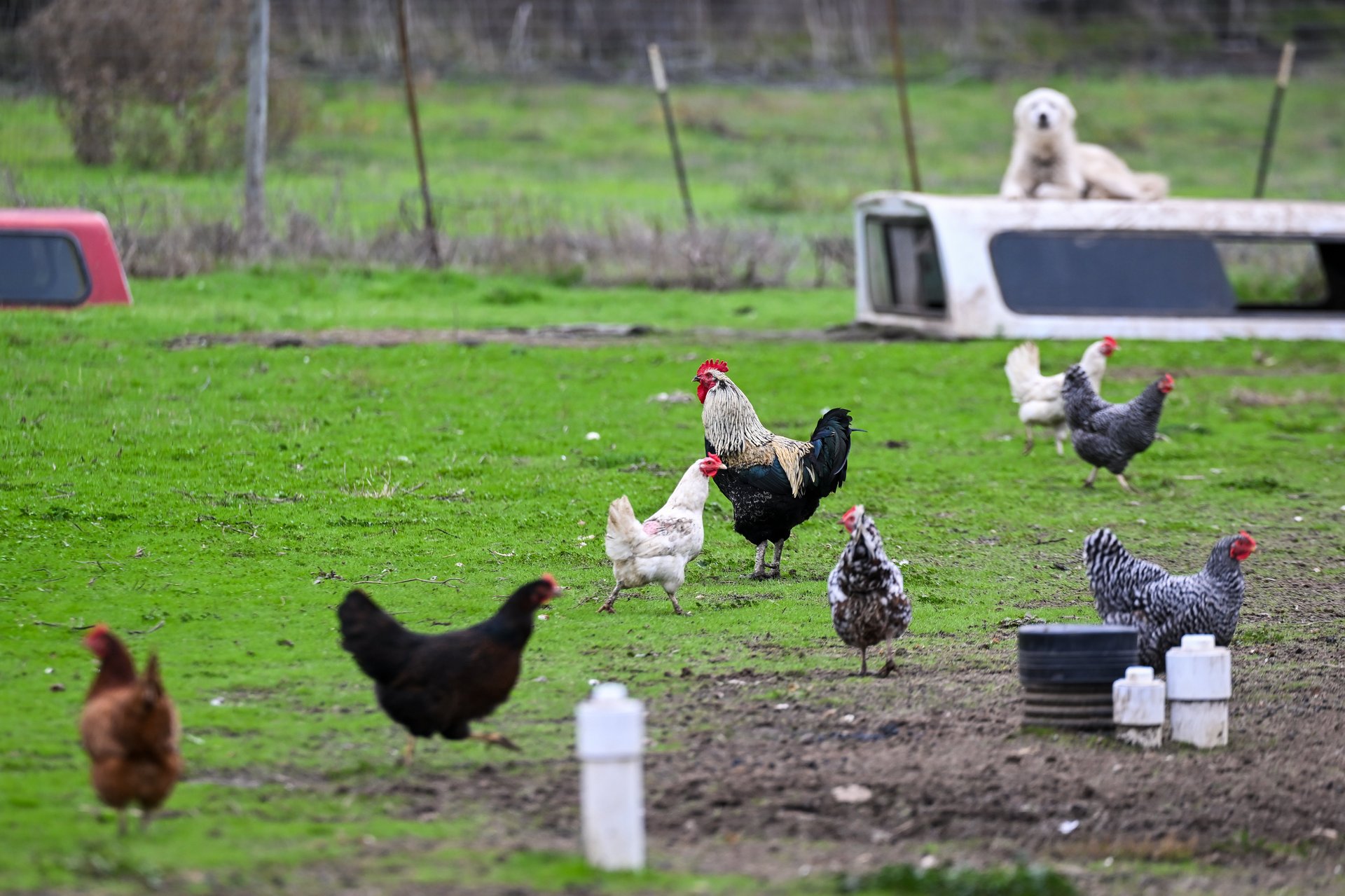Bird flu mutations in the US's first severe H5N1 case may boost the virus's ability to infect humans
The CDC says the risk posed to the general public has not changed and is still low

Genetic analysis of H5N1 bird flu viruses from a severely ill patient in Louisiana revealed multiple mutations that may enhance the virus’s ability to bind to human upper airway cells, the Centers for Disease Control and Prevention (CDC) reported on Thursday.
Suggested Reading
The CDC said it sequenced samples of the virus from the first severe case of bird flu in the country, which was identified in Louisiana last week.
Related Content
The tests detected mutations that are believed to help H5N1 bind to cell receptors found in the upper respiratory tract of humans. Typically, bird flu viruses target a type of receptor that is rare in human airways, which can help explain why H5N1 rarely infects people and does not spread person-to-person when it does.
The CDC also noted that the mutations were not present in an infected bird on the patient’s property, suggesting they developed after the patient was infected.
“These changes were likely the result of the virus replicating in the patient during advanced disease, rather than being transmitted at the time of infection,” the report stated.
Angela Rasmussen, a virologist, posted on the social media site X that this was “good news” because “it reduces risk of transmission to another person and suggests ‘human-adapted’ viruses aren’t emerging in birds.”
Still, she noted that the “H5N1 situation remains grim” and that “we need fewer humans infected.”
“We don’t know what combination of mutations would lead to a pandemic H5N1 virus and there’s only so much we can predict from these sequence data,” Rasmussen wrote. “But the more humans are infected, the more chances a pandemic virus will emerge.”
Since the mutations were detected at low levels, the CDC emphasized that the risk to the general public from the ongoing H5N1 outbreak remains low and unchanged.
This type of mutation was previously seen in a separate severe case in British Colombia last month.
So far, there is no evidence the Louisiana patient passed the virus on to others.
The news comes as 65 human cases of bird flu have been confirmed in the U.S. this year, with California reporting the highest number at 36 cases.
